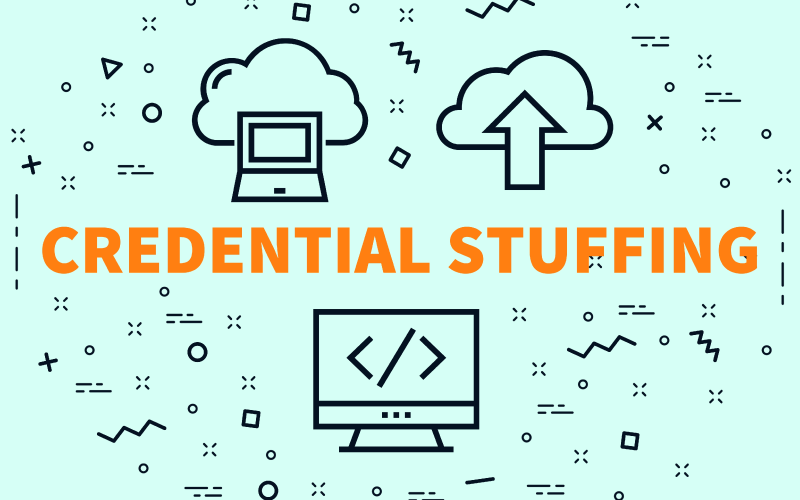What Is Credential Stuffing
Certainly! Here’s a clear, beginner-friendly explanation of Credential Stuffing,
🔐 What Is Credential Stuffing?
A Simple Guide from a Cybersecurity Professional
As a cybersecurity expert, one of the most common types of attacks I see that catches both individuals and companies off guard is something called credential stuffing. It’s sneaky, fast, and surprisingly effective—but also preventable once you understand it.
Let’s break it down in simple terms.
🧠 What Is Credential Stuffing?
Credential stuffing is a type of cyberattack where hackers use stolen usernames and passwords from one website to try to log in to other websites.
Why does it work? Because most people reuse the same password across multiple sites. If one of those sites is hacked, your info can be used to break into others.
🧪 Here’s How It Works (Step-by-Step):
- Data Breach Happens
- A company gets hacked, and user login data is stolen (e.g., email and password).
- These credentials are sold or leaked on the dark web.
- Attacker Gets the List
- The hacker gets a list of thousands or millions of usernames and passwords.
- They Use Automated Tools
- They use bots (automated programs) to try these login combinations on other websites like:
- Gmail
- Amazon
- Netflix
- Online banking
- They use bots (automated programs) to try these login combinations on other websites like:
- If One Works… They’re In
- If you reused your password, attackers can now access your other accounts.
- From there, they might:
- Steal money
- Order things using saved credit cards
- Change your login info
- Sell your accounts
🔁 Credential Stuffing vs. Brute Force vs. Phishing
Let’s clear up some confusion:
| Attack Type | Description |
|---|---|
| Credential Stuffing | Using known username/password combos from other breaches |
| Brute Force Attack | Guessing passwords using every possible combination |
| Phishing | Tricking you into giving up your credentials voluntarily |
Credential stuffing is fast and automated, and often invisible to the user—you might not even know it happened unless you’re watching closely.
🧯 Why Is Credential Stuffing Dangerous?
- Massive scale: Bots can try millions of logins in minutes.
- Low effort, high reward: Hackers don’t need to guess your password—they already have it from another breach.
- Hard to detect: It looks like normal logins unless the system is monitoring closely.
- Affects everyone: Individuals, small businesses, and major corporations are all targets.
🛡️ How to Protect Yourself
✅ 1. Use Unique Passwords for Every Account
Never reuse the same password on more than one site. Use a password manager to help.
✅ 2. Turn On Two-Factor Authentication (2FA)
Even if a hacker has your password, 2FA adds a second step—like a code to your phone—that stops them.
✅ 3. Check if You’ve Been Breached
Use sites like HaveIBeenPwned.com to see if your email or passwords have been leaked in a breach.
✅ 4. Monitor Account Activity
Keep an eye on login locations, devices, and unexpected activity—especially for banking and email.
✅ 5. Use Anti-Bot Security (For Website Owners)
If you run a website, implement:
- CAPTCHA or reCAPTCHA
- Rate limiting
- Device fingerprinting
- Login behavior analysis
🔧 Tools & Terms to Know
- Credential Dump: A list of usernames and passwords stolen from a breach.
- Botnet: A network of infected machines used to perform large-scale login attempts.
- SIEM: Security software used by companies to detect large-scale login attacks.
🧾 Real-World Example
A breach at a gaming site exposes 2 million email-password combos. Months later, a user’s Netflix and PayPal accounts are hacked—not because Netflix was hacked, but because they used the same password on both sites.
That’s credential stuffing in action.
🏁 Final Thoughts
Credential stuffing is a simple but powerful attack method that takes advantage of one common human habit: reusing passwords. The good news? It’s also one of the easiest types of attacks to protect against—if you know how.
If you take just one thing away from this:
Always use strong, unique passwords—and turn on 2FA wherever you can.
